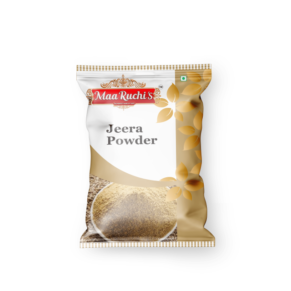Introduction and history
India has been known as the land of spices since ancient times with a rich history of spice cultivation and trade dating back thousands of years. Spices have played a significant role in India’s economy and culture, with many of the country’s most famous dishes featuring a blend of fragrant and flavorful spices. Some of the most popular spices cultivated in India include black pepper, cardamom, cinnamon, cumin, and turmeric. These spices are used in a variety of dishes, from savory curries to sweet desserts.
Spices have also played a role in India’s history, with the country’s position on the ancient spice trade routes making it a hub for the exchange of goods and ideas. The spice trading attracted many foreign merchants to India for trade and commerce.
Today, India remains one of the world’s largest producers and exporters of spices, with the industry providing employment and income to millions of people across the country. The rich history and culture of spice cultivation in India are a testament to the importance of these fragrant and flavorful ingredients in the country’s cuisine and economy.
Rare spices of India
India is home to a wide variety of rare and exotic spices that are highly prized for their unique flavors and aromas. Some of the rarest spices in India include saffron, which is harvested from the delicate stigmas of the crocus flower and is one of the most expensive spices in the world. Another rare spice is the Himalayan pink salt, which is harvested from ancient salt mines in the Himalayan mountains and is known for its distinctive flavor and mineral content. Black cardamom, a smoky and intense variety of cardamom, is also a rare and prized spice that is used in a variety of savory dishes.
Other rare spices include the nutty and aromatic mace, the floral and sweet pandan leaf, and the earthy and pungent ajwain. These rare spices are often difficult to cultivate and harvest, making them expensive and highly sought after by chefs and food enthusiasts around the world. The use of rare spices in Indian cuisine is a testament to the country’s rich culinary heritage and the importance of these unique and flavorful ingredients in creating delicious and complex dishes.
Spice commerce in India
Spice commerce has played a significant role in India’s economy and culture for centuries. India is one of the world’s largest producers and exporters of spices, with the industry providing employment and income to millions of people across the country. The spice trade has a long and storied history in India, with spices like black pepper, cardamom, and cinnamon being traded on the ancient spice routes that connected India to the rest of the world. Today, the spice industry in India is a major contributor to the country’s economy, with spices being exported to countries around the world.
The spice trade has also significantly impacted Indian cuisine, with spices being used in a wide variety of dishes, from savory curries to sweet desserts. The spice industry has also faced challenges in recent years, with climate change and other factors affecting spice production and trade. However, efforts are underway to ensure the sustainability of the industry and protect the livelihoods of those involved in spice cultivation and trade. The spice commerce in India is a testament to the country’s rich cultural and culinary heritage and the importance of spices in the country’s economy and cuisine.


